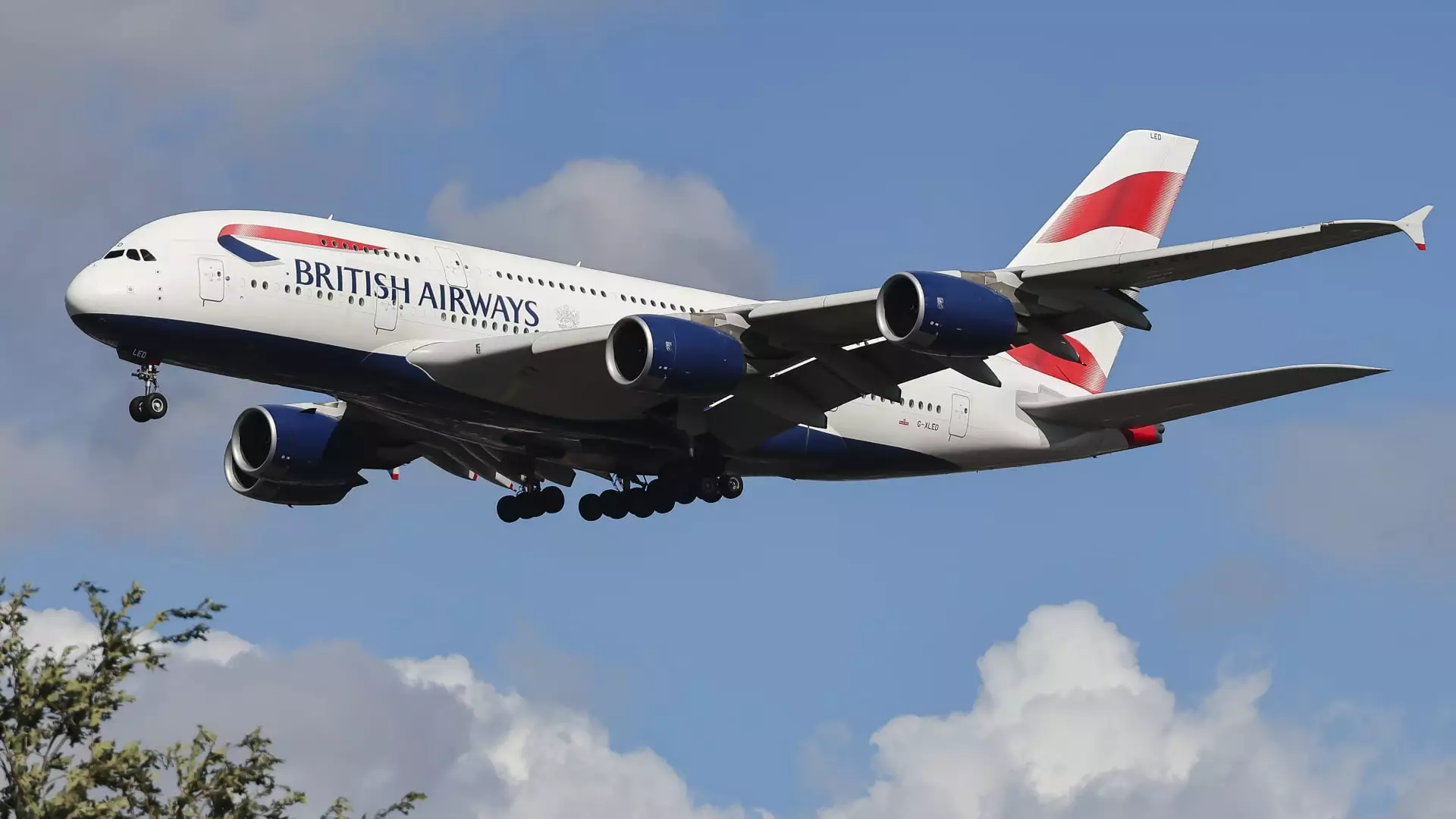The aviation industry is witnessing a transformative phase marked by significant operational adjustments among major global airlines, particularly concerning routes to and from China. Long-standing operational hurdles, intensified by geopolitical tensions and fluctuating demand, have prompted airlines to reconsider, and in some cases, completely withdraw their services in this vital part of the world. Notably, airspace restrictions following Russia’s recent actions have exacerbated an already precarious situation for airlines reliant on these routes.
Virgin Atlantic and Scandinavian Airlines are two prominent examples of carriers that have opted to cease all service to China. Virgin Atlantic’s withdrawal, which ended its long-standing presence in Hong Kong after three decades, underlines the wider implications of changing travel patterns. A recent analysis indicates that in just four months, seven major airlines have either scaled down their operations or entirely exited the Chinese market. Industry analysts, such as John Grant from OAG, foresee a continuation of this trend as current conditions compel airlines to reassess their market strategies.
The uprisings in costs associated with longer flight paths due to the closure of Russian airspace play a critical role in this shifting landscape. Western carriers now face inflated operational costs, as they must navigate further distances to reach Asian destinations. This necessitates utilizing additional fuel, which escalates expenses and diminishes profitability. Surprisingly, while European airlines grapple with these constraints, Chinese carriers manage to find an edge as they remain unaffected by the airspace bans that hinder Western airlines.
To mitigate losses and optimize their fleets, numerous airlines have begun reallocating aircraft from diminishing Chinese routes to more profitable markets. For instance, British Airways has downsized its aircraft sizes on routes into China, transitioning from larger Boeing 747s to smaller models like the B777 and B787. Such strategies allow airlines to maintain a nominal presence in the market while cutting costs. The reality for many airlines is that when they compare routes, figures reveal a stark contrast; for example, their load factors in regions outside of China sometimes exceed 90%, compared to a mere 55% for routes to Beijing.
This contraction in airline services is indicative of a broader economic malaise affecting travel patterns in China. Comparatively, other Asian nations are witnessing significant recovery in tourism and travel. For example, Japan has managed to attract a surge of travelers despite the overarching challenges in the aviation sector. In stark contrast, China has witnessed a markedly lower influx of visitors, leading to a decline in outbound travel as well. While 49.1 million travelers entered China in 2019, figures revealed a dismal count of merely 17.25 million foreigners by mid-2023, indicating a pressing need for improved international relations and tourism campaigns.
Interestingly, U.S. airlines, while relatively less impacted by the implications of Russian airspace closures, are not immune to the demand challenges posed by the market conditions in China. These carriers are making necessary yet difficult decisions to withdraw from certain routes, primarily reallocating their aircraft to significantly better-performing markets. The prevalent sentiment is that U.S. airlines are maintaining a meager frequency in China not out of true interest, but rather as a strategic move to preserve their position for when the market rebounds.
Chinese airlines, while facing domestic demand issues, remain hopeful for long-term recovery. Observers foresee that despite significant financial losses in recent years, the Chinese aviation market will gradually stabilize. According to John Grant, the restructuring among carriers represents a bullish outlook for the future, although the road to recovery appears uphill. With Chinese airlines operating 82% of all flights between China and Europe this winter—up from just 56% before the pandemic—their strategy appears to involve aggressive competition with international carriers, providing new routes aimed at restoring visibility in the global marketplace.
As the global aviation landscape witnesses flight cancellations and reduced services in China, the unfolding scenario presents both challenges and opportunities for airlines worldwide. The necessity for strategic adaptation in response to geopolitical developments and changing travel demand will undoubtedly shape the future of international air travel. While recovery might be a distant goal for many, airlines must navigate these intricacies with resilience and innovative strategies, positioning themselves for potential growth as the market eventually shifts.

Leave a Reply